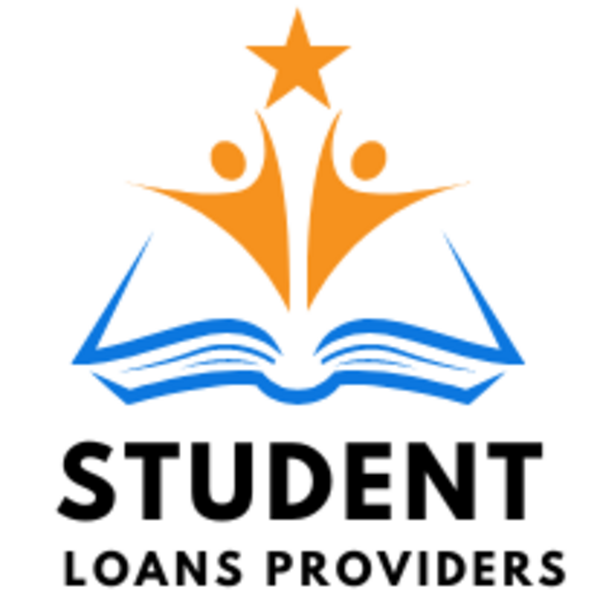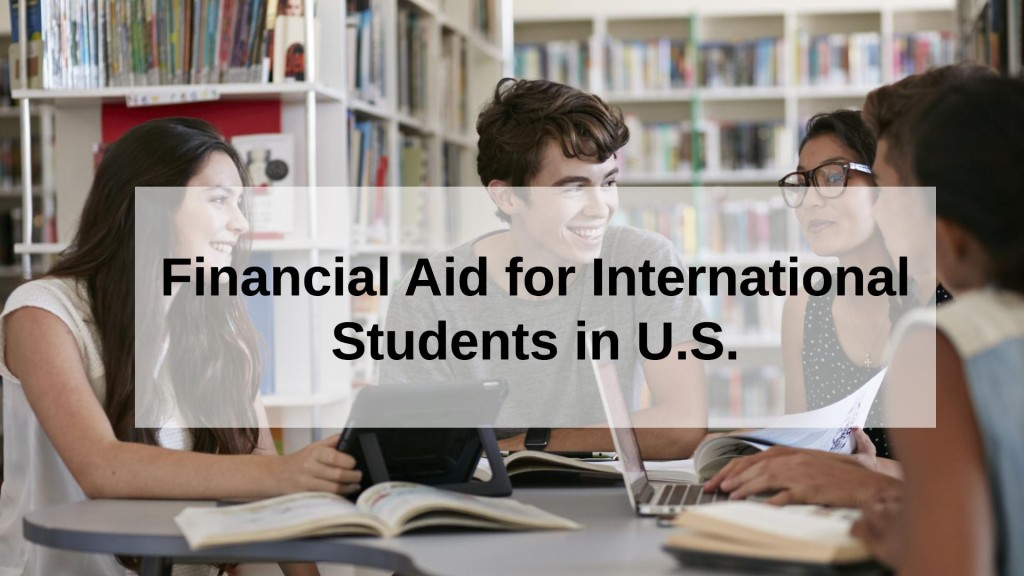Studying in the United States is a dream for many international students seeking top-notch education and diverse cultural experiences. However, the cost of education in the U.S. can be daunting, with tuition fees, living expenses, and other associated costs adding up quickly. While there are various financial aid options available to domestic students, international students often face additional challenges in securing funding. In this article, we'll explore financial aid opportunities specifically tailored to international students in the U.S., including student loans, loan forgiveness programs, and other forms of assistance.
Understanding Student Loans
For many international students, student loans are a crucial component of financing their education in the U.S. These loans, offered by both private lenders and the government, provide funds to cover tuition, books, housing, and other educational expenses. Federal student loans are often preferred due to their favorable terms, including fixed interest rates and flexible repayment options.
Federal Student Loans for International Students
While most federal financial aid programs are reserved for U.S. citizens and eligible non-citizens, some international students may qualify for limited federal assistance. In rare cases, international students with refugee or asylum status, or those granted certain visas, may be eligible for federal student loans. However, these opportunities are typically limited, and most international students rely on private student loan options.
Private Student Loans and International Students
Private student loans are provided by banks, credit unions, and other financial institutions. Unlike federal loans, eligibility for private loans is not determined by citizenship status. However, international students may need a cosigner who is a U.S. citizen or permanent resident to qualify for private student loans. Additionally, interest rates and repayment terms for private loans can vary significantly depending on the lender and the borrower's creditworthiness.
Student Loan Forgiveness Programs
For graduates burdened with student loanforgiveness programs can offer much-needed relief. These programs, administered by the government or other organizations, forgive a portion or all of a borrower's student loans under certain conditions. While most loan forgiveness programs are designed for domestic students, some options may be available to international graduates working in specific fields or serving in underserved communities.
Exploring Loan Forgiveness Options
Loan forgiveness for international students in the U.S. remains limited compared to domestic counterparts. However, there are a few avenues worth exploring:
Public Service Loan Forgiveness (PSLF): While typically reserved for U.S. citizens or permanent residents, some international graduates working in eligible public service professions may qualify for PSLF if they meet specific criteria.
Employer-Sponsored Loan Repayment Programs: Some employers offer student loan repayment assistance as part of their employee benefits package. International graduates employed by these organizations may be eligible for loan forgiveness benefits.
International Organizations and NGOs: Certain international organizations and non-governmental organizations (NGOs) offer loan forgiveness or repayment assistance programs for employees, including those with student loans.
Home Country Assistance: In some cases, international students may find student loan forgiveness or repayment assistance programs offered by their home countries upon returning after completing their studies in the U.S.
Applying for Loan Forgiveness
For international graduates eligible for loan forgiveness programs, the application process typically involves submitting documentation verifying employment, service, or other qualifying factors. It's essential to carefully review program requirements and deadlines and ensure all necessary paperwork is completed accurately.
Navigating Student Loan Repayment
For international graduates who do not qualify for student loan forgiveness update, navigating student loan repayment is essential to avoid default and maintain financial stability. Understanding repayment options, such as income-driven repayment plans and loan consolidation, can help manage student loan debt effectively.
While financial aid options for international students in the U.S. may be more limited compared to domestic students, there are still avenues available to help fund education and manage student loan debt. From student loans to loan forgiveness programs, exploring all available resources and planning strategically can make higher education in the U.S. more accessible and manageable for international students.
Federal Student Loans for International Students
Federal student loans are often preferred due to their favorable terms, including fixed interest rates and flexible repayment options. However, international students typically do not qualify for most federal aid programs, including student loans. These programs are generally reserved for U.S. citizens, permanent residents, and eligible non-citizens.
Private Student Loans and International Students
Private student loans become the primary option for many international students seeking financial assistance. These loans are provided by banks, credit unions, and other financial institutions. Unlike federal loans, eligibility for private loans is not determined by citizenship status. However, international students may face challenges in obtaining private student loans without a cosigner who is a U.S. citizen or permanent resident. Additionally, interest rates and repayment terms for private loans can vary significantly depending on the lender and the borrower's creditworthiness.
Student Loan Forgiveness Programs
While loan forgiveness programs are a lifeline for many graduates burdened with student loan debt, options for international students in the U.S. are limited. Most loan forgiveness programs are designed for domestic students and may have citizenship or residency requirements. However, there are a few avenues international students can explore:
Public Service Loan Forgiveness (PSLF): While typically reserved for U.S. citizens or permanent residents, some international graduates working in eligible public service professions may qualify for PSLF if they meet specific criteria.
Employer-Sponsored Loan Repayment Programs: Certain employers offer student loan repayment assistance as part of their benefits package. International graduates employed by these organizations may be eligible for loan forgiveness benefits.
International Organizations and NGOs: Some international organizations and non-governmental organizations (NGOs) provide loan forgiveness or repayment assistance programs for employees, including those with student loans.
Home Country Assistance: In some cases, international students may find student loan forgiveness or repayment assistance programs offered by their home countries upon returning after completing their studies in the U.S.
Applying for Loan Forgiveness
For international graduates eligible for loan forgiveness programs, the application process typically involves submitting documentation verifying employment, service, or other qualifying factors. It's essential to carefully review program requirements and deadlines and ensure all necessary paperwork is completed accurately.
Navigating Student Loan Repayment
For international graduates who do not qualify for loan forgiveness, navigating study loan forgiveness is essential to avoid default and maintain financial stability. Understanding repayment options, such as income-driven repayment plans and loan consolidation, can help manage student loan debt effectively.














